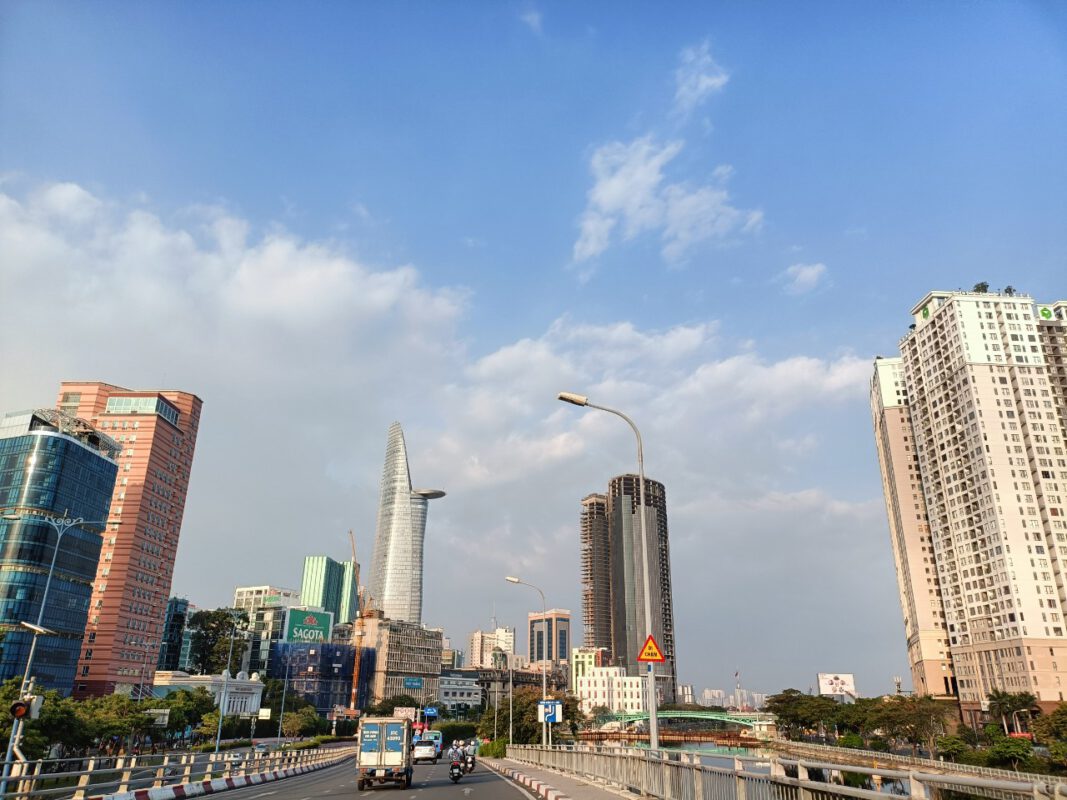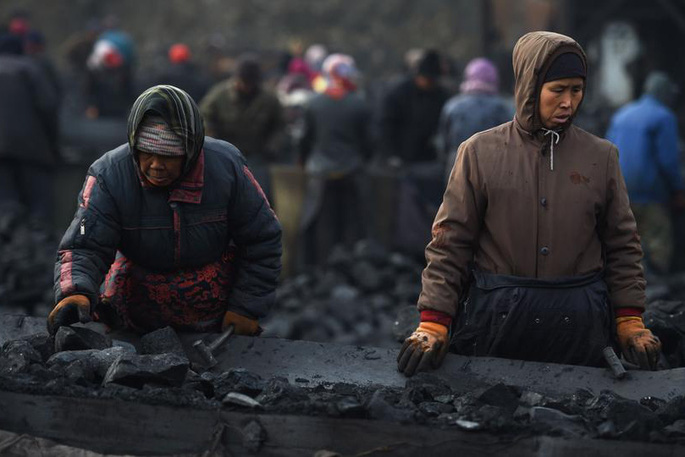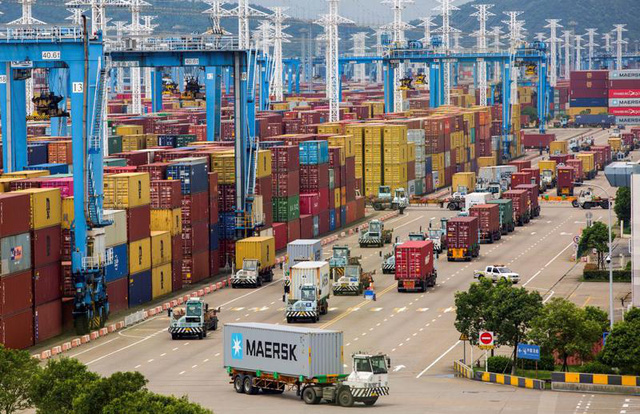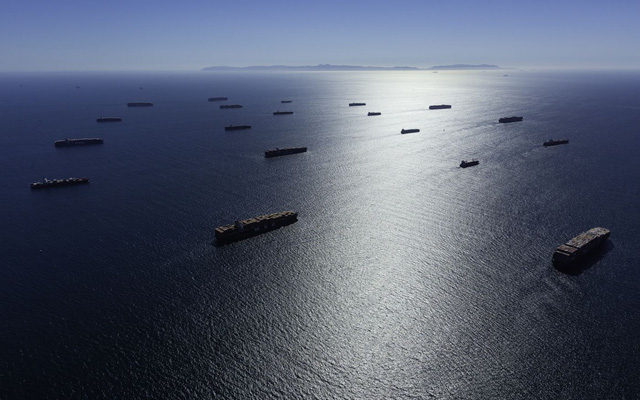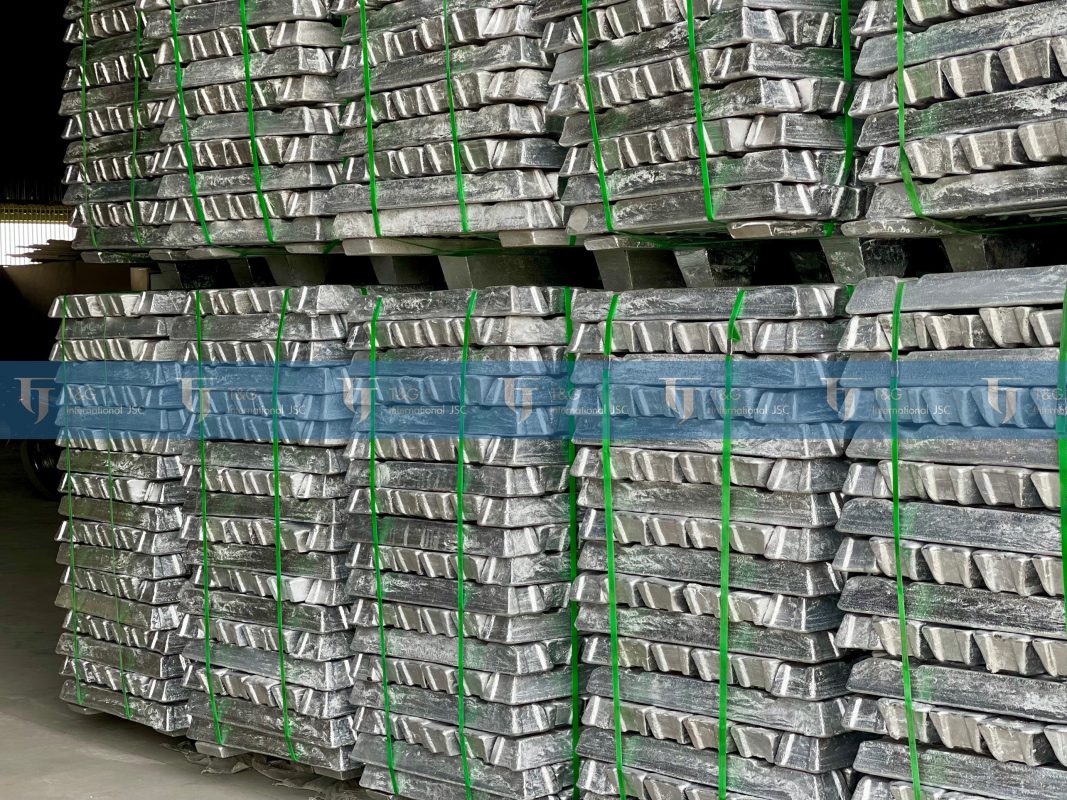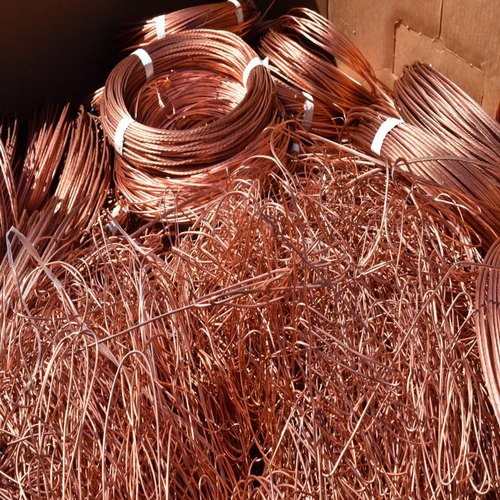The price of iron ore on the Singapore Exchange fell 16% within a month.
For steel, it is likely that prices will continue to increase in the coming months.
Asian iron ore prices fell in the last trading session of the month. The steel raw material market has “collapsed” under China’s determination to reduce steel output to reduce emissions and slow domestic demand for construction and manufacturing materials.
The price of iron ore traded on Dalian at the end of the session on July 30 fell sharply, losing 8.1%, to 1,027 yuan ($158.95)/ton, down 8% for the whole month, the largest decrease. as of February 2020.
Iron ore prices on the Singapore Exchange also fell 7.7% to $175.95/ton, down 16% within a month. Iron ore with 62% import content, spot delivery at Chinese seaports, ended July at below $200/ton for the first time since May 28, down to $195/ton, down 9 percent for the whole month. %, according to data from consulting firm SteelHome.
Contrary to iron ore, steel prices continued to increase in the session 30/7. Accordingly, rebar, used in construction, on the Shanghai floor increased 1% to 5,705 CNY/ton; hot rolled coil (HRC), used in production, increased by 3.1% to 6,120 CNY/ton; stainless steel also increased 3.1% to 20,065 CNY/ton.
Generally in July, rebar price increased by 12%, HRC steel increased by 14%; and especially, stainless steel increased by 20%, the most increase since the first contract was traded on the Shanghai exchange in 2019.
The reason for the sharp increase in prices was due to concerns that supply would be scarce after the Chinese Government tightened steel production.
 |
Iron ore prices fall but steel prices rise
“Price fell on weak iron ore demand in the face of China’s policy to reduce steel output to reduce emissions,” said Commonwealth Bank of Australia commodities analyst Vivek Dhar. China has asked factories to limit output this year to no more than 2020. Production in the first half of this year has increased by nearly 12% from a year earlier, so output in the second half will had to drop sharply to offset the 12% excess in the first half of the year.
“We find it reasonable to forecast that steel production growth in the second half of the year in China will slow down significantly compared to the first half,” said JPMorgan analysts.
“After record strong steel production in the first half of this year, we are starting to see China’s steel production decline. Profit margins have fallen, especially for steelmakers that supply the construction industry. construction,” said CRU steel analyst Richard Lu.
Shagang Group, the world’s fourth-largest steel mill, has announced it will cut output and export overseas to comply with government regulations to cut emissions.
In addition to China’s steel output limit raising concerns about upcoming material demand decline, investors are also watching for signs of weakening demand from China’s real estate sector. The government has called on five cities (Yinchuan, Xuzhou, Jinhua, Quanzhou and Huizhou) to stabilize the local housing market after house prices rose sharply in the first six months of this year.
In terms of iron ore supply, Brazil is on track towards a year of high iron ore exports. Brazil’s Vale SA, the world’s second-largest ore miner, said it was confident of hitting its target output of 315 million to 335 million tonnes this year, despite recent disruptions.
Meanwhile, Australia’s mining activity has been constrained in recent months by congestion at Rio Tino’s main export port. However, that problem has now been resolved, and Australia also has new mines in operation. Therefore, supply from Australia will increase in the second half of this year, continuing to increase until 2022.
Fortescue Metals Group’s exports in 2021 are forecast to reach 182.2 million tons, and in 2022 it will reach 180 million -185 million tons. BHP Group said full-year iron ore production will be near the top of its forecast range, thanks to record output at two mines in Western Australia. However, a rebound in Australian iron ore supplies will mean more for markets other than China, which is trying to reduce its reliance on Australian iron ore.
In addition, China itself is investing heavily again in iron ore mining, since the price exceeded 120 USD/ton. Therefore, China’s iron ore supply in 2021 and 2022 will increase by tens of millions of tons.
Iron and steel market outlook
For iron ore, it is forecasted that prices will continue to be under pressure in the near future for the following reasons: (1) China’s determination to cool down iron ore prices in both the short and long term; (2) world iron ore supply is recovering, especially in Brazil.
Regarding China, in the short term, the country will continue efforts to reduce dependence on Australian iron ore by increasing iron ore imports from other countries, boosting domestic iron ore supply, increasing the use of scrap steel and reduce steel production.
For steel, it is likely that prices will continue to increase in the coming months, but the rate of increase will depend on how seriously the country will implement the policy of cutting steel output.
JPMorgan analysts forecast that China’s steel demand will rebound strongly in the fourth quarter, leading to “steel prices and steel industry profits will increase strongly”.
China’s drastic action to force steel mills to limit output so that this year’s total output does not exceed 2020, while output in the first half has increased by nearly 12%, will cause the country’s steel supply to decline. in the coming months. However, China’s target of keeping 2021 steel output equal or lower than 2020 is difficult to achieve.
CRU steel analyst Richard Lu said: “It is clear that China’s crude steel output in the second half of this year will decrease compared to the first half of this year and compared to the second half of last year. However, the decline will not be enough to meet the national crude steel production reduction target in 2021 compared to 2020”.
Vivek Dhar also said: “We do not expect China’s crude steel output to decline to that extent (down 12% in the second half of this year), but China’s steel output is currently facing many difficulties. more difficult than slowing steel demand.”
However, to ensure domestic supply when steel output decreases, China has taken many additional measures, such as restricting steel exports, and using steel reserves to make up for the lack of supply.
T&G International Joint Stock Company
Address: 352 Hue Street, Le Dai Hanh Ward, Hai Ba Trung District, Hanoi
Hotline: 0345786803
Email: hrm@tginterjsc.com
Website: http://tginternationaljsc.com



